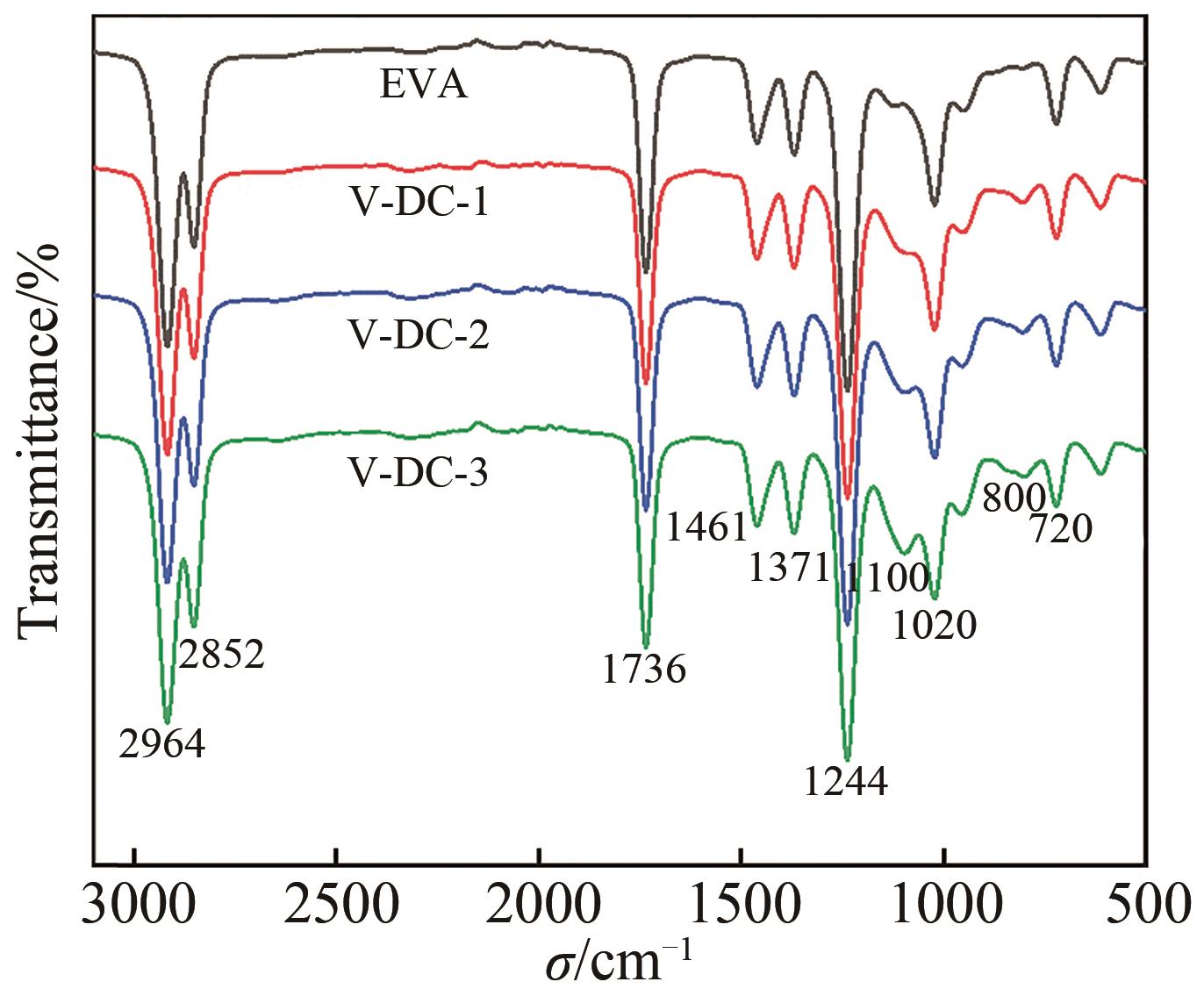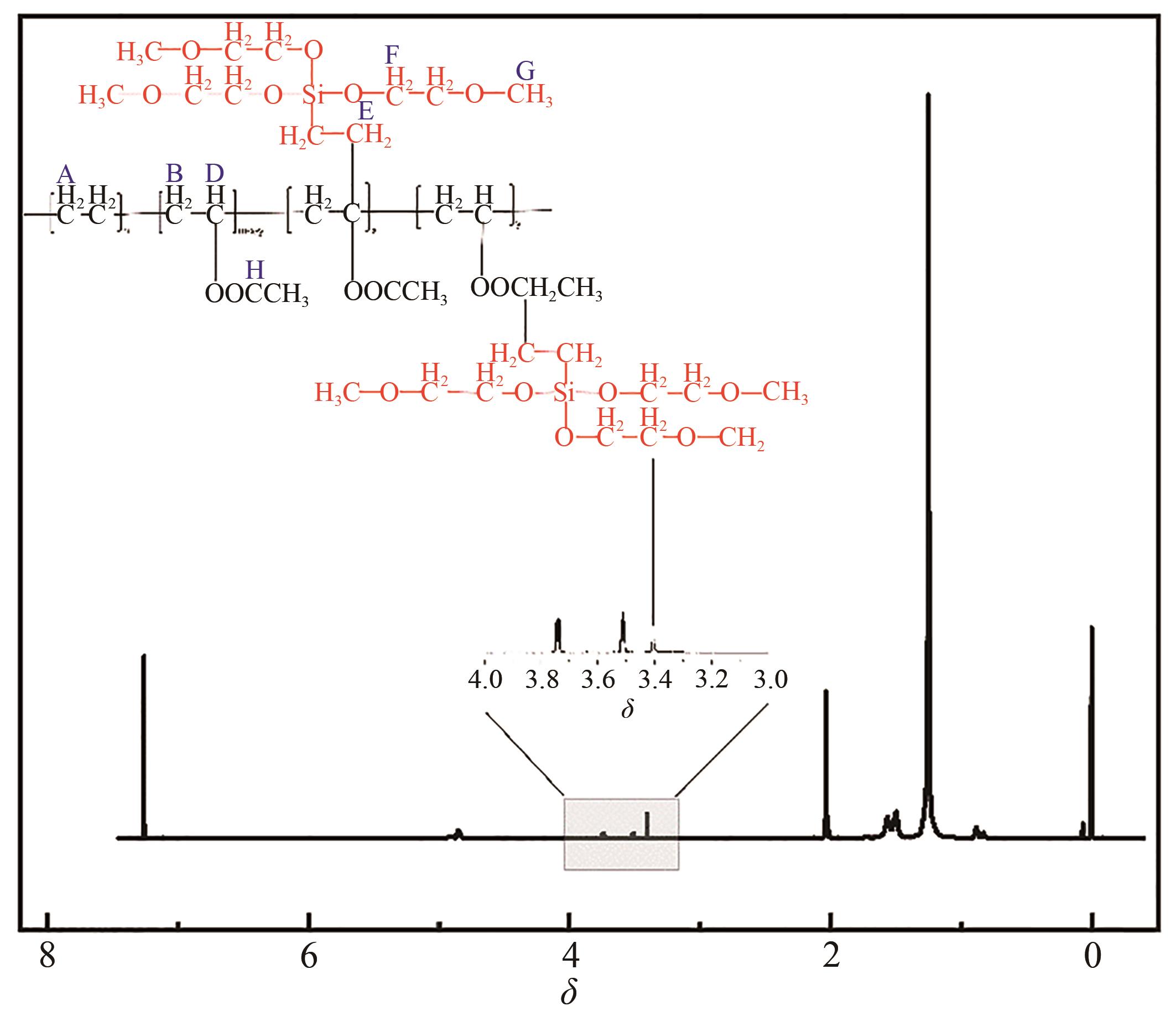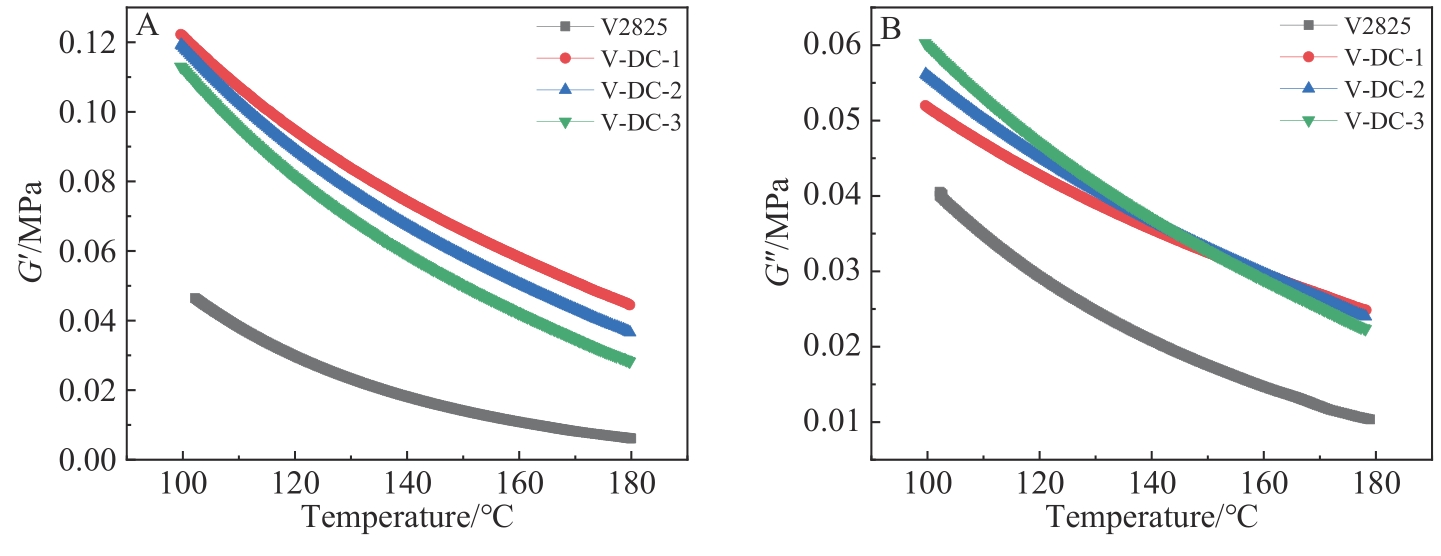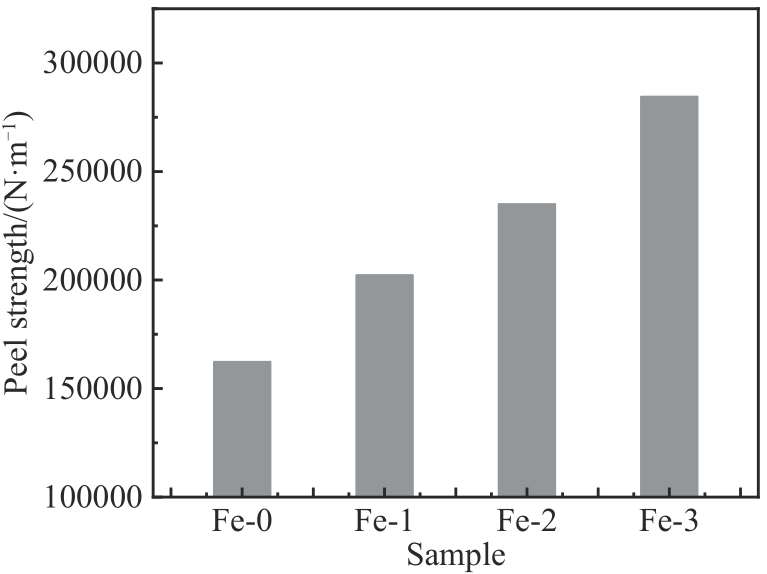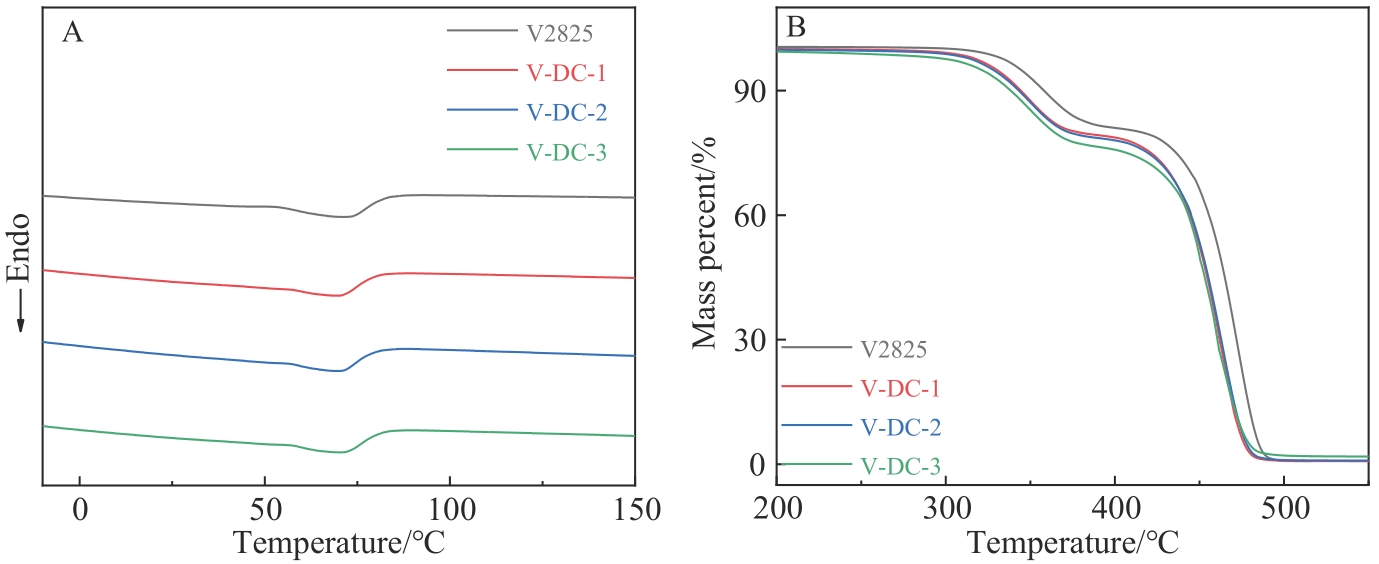| 1 |
KOSTYUK A V, SMIRNOVA N M, ANTONOV S V, et al. Rheological and adhesion properties of hot-melt adhesives based on hydrocarbon resins and poly(ethylene-vinyl acetate)[J]. Polym Sci Ser A, 2021, 63: 283-295.
|
| 2 |
郭静, 相恒学, 王倩倩, 等. 热熔胶研究进展[J]. 中国胶粘剂, 2010, 19(7): 54-58.
|
|
GUO J, XIANG H X, WANG Q Q, et al. Research progress in hot melt adhesives[J]. China Adhes, 2010, 19(7): 54-58.
|
| 3 |
张荣军, 律微波. EVA热熔胶改性研究进展[J]. 化学与黏合, 2011, 33(1): 55-56, 62.
|
|
ZHANG R J, LV W B. Research progress in modification of EVA hot melt adhesive[J]. Chem Adhes, 2011, 33(1): 55-56, 62.
|
| 4 |
朱万章. EVA热熔胶的主要成分及其对性能的影响[J]. 粘接, 1999(1): 28-32, 4.
|
|
ZHU W Z. The main components of EVA hot melt adhesive and their impact on properties[J]. Adhes, 1999(1): 28-32, 4.
|
| 5 |
XIN H, LI Y, PENG Q. Trans-polyisoprene/poly(ethylene-co-vinyl acetate) polymer composites as high-performance triple shape memory materials[J]. Polymers, 2022, 14(24): 5344.
|
| 6 |
张宪君, 王莉, 王俊程, 等. EVA-g-MAH的制备及作为膜状胶黏剂的初步应用[J]. 塑料, 2021, 50(3): 147-151.
|
|
ZHANG X J, WANG L, WANG J C, et al. Preparation of EVA-g-MAH and its preliminary application as a membrane adhesive[J]. Plastics, 2021, 50(3): 147-151.
|
| 7 |
JIANG P, XU H Y, ZHANG W L, et al. Preparation and properties of ethylene-vinyl acetate grafted acrylonitrile[J]. Mater Res Express, 2022, 9(5): 055304.
|
| 8 |
JIAO C M, WANG Z Z, ZHOU G, et al. Silane grafting and crosslinking of ethylene-octene copolymer[J]. Eur Polym J, 2005, 41(6): 1204-1211.
|
| 9 |
VARGHESE A M, SINGH S, MUTHUKUMARASWAMY RANGARAI V, et al. Two-dimensional mullite nanostructure: synthesis and reinforcement effect on polypropylene/maleic anhydride graft ethylene vinyl acetate matrix[J]. J Appl Polym Sci, 2019, 136(46): 48233.
|
| 10 |
MAIDUC H, TRANHUU T, DOVAN C, et al. Effect of maleic anhydride grafted ethylene vinyl acetate compatibilizer on the mechanical, thermal properties and weathering resistance of polyamide 11/bamboo fiber composite[J]. Mater Trans, 2020, 61(8): 1527-1534.
|
| 11 |
LI N, WU W, MAO G. Effect of modified ethylene vinyl acetate copolymers pour point depressants on flow properties of crude oil and corresponding mechanism analysis[J]. Colloids Surf A, 2021, 630: 127602
|
| 12 |
MUN G A, BEKBASSOV T, BEKSULTANOV Z, et al. Modified graft copolymers based on ethylene vinyl acetate as depressants for waxy crude oil and their effect on the rheological properties of oil[J]. J Pet Sci Eng, 2022, 213: 110298.
|
| 13 |
ZHANG W, YAN W, PAN R, et al. Synthesis of silane-grafted ethylene vinyl acetate copolymer and its application to compatibilize the blend of ethylene-propylene-diene copolymer and silicone rubber[J]. Polym Eng Sci, 2018, 58(5): 719-728.
|
| 14 |
金世龙, 郑斌茹, 历娜, 等. 乙烯-乙酸乙烯酯共聚物接枝聚合物的合成、表征及应用新进展[J]. 化工进展, 2021, 50(3): 147-151.
|
|
JIN S L, ZHENG B R, LI N, et al. Recent progress in synthesis, characterization and application of ethylene-vinyl acetate copolymer graft polymers[J]. Chem Ind Eng Prog, 2017, 36(10): 3757-3764.
|

 ), Guang-Yuan ZHOU1(
), Guang-Yuan ZHOU1( )
)

